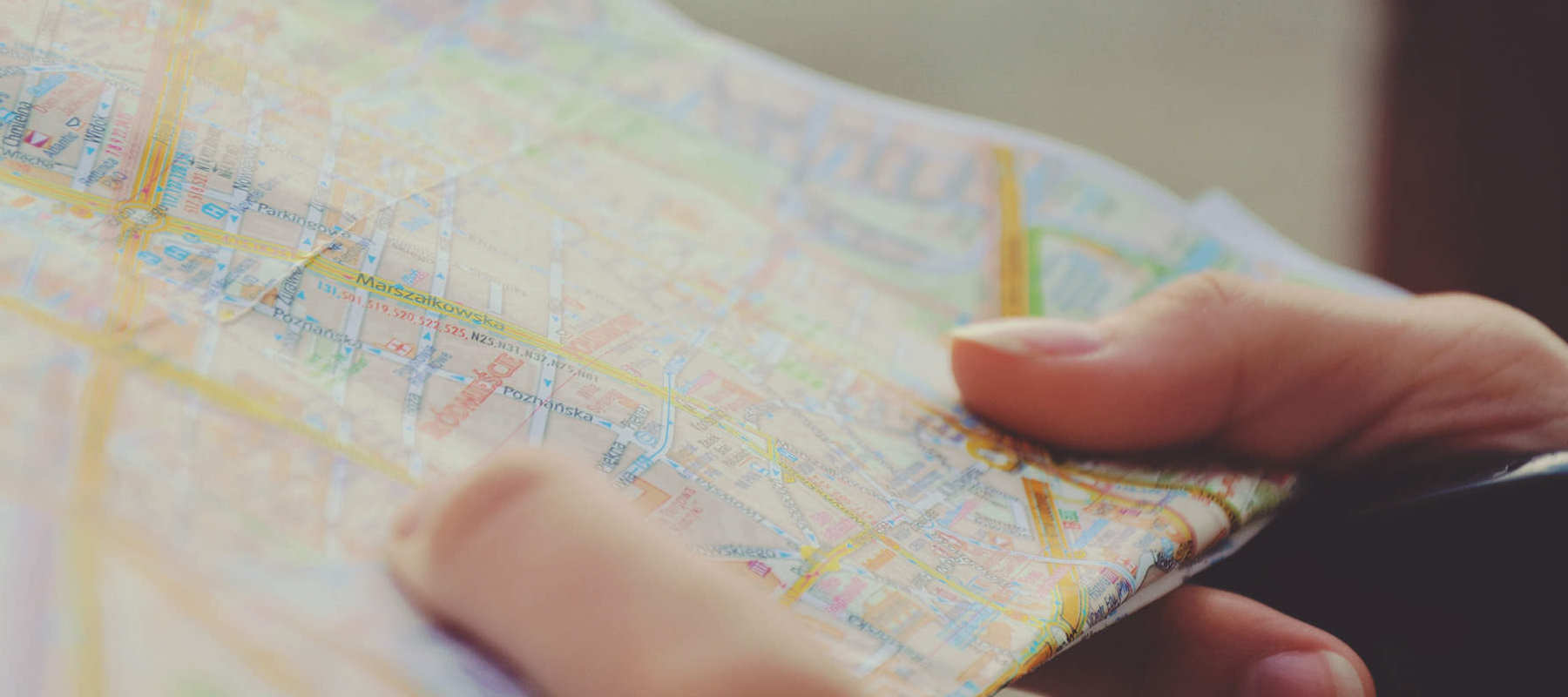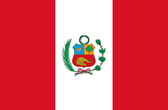
Call 0330 880 3600 Calls may be monitored or recorded. Opening Times.
- TRAVEL INSURANCE
- COVID-19 ENHANCED COVER
- More Options
- Help & Advice
- Existing Customers

Call 0330 880 3600 Calls may be monitored or recorded. Opening Times.

Need help?
UK Customer Services0330 880 3600*
Open Monday to Friday 9:00am to 6pm, Saturday 8:30am to 4pm and closed Sundays.
*Calls are recorded for training and quality purposes.
Other Guides

Official name: Republic of Peru
Capital city: Lima
Languages spoken: Spanish, Quechua, Aymara
Population: Around 34 million
Currency: Peruvian sol (PEN)
Time zone: GMT-5
Driving side: Right
Climate: Varies by region – arid along the coast, mild in the Andes, and hot and humid in the Amazon Basin
Peru is a country of dramatic contrasts, from the ancient ruins of Machu Picchu to the vibrant modern streets of Lima. It is rich in culture, history, and natural beauty, with a landscape that stretches from Pacific beaches and Andean peaks to the dense Amazon rainforest. Peru is famous for its indigenous traditions, colourful festivals, and diverse cuisine, with ceviche and quinoa now enjoyed worldwide.
The geography of Peru is defined by three distinct regions: the coastal desert, the towering Andes mountains, and the Amazon rainforest to the east. The Andes divide the country, with Huascarán standing as the highest peak at 6,768 metres. Major rivers include the Amazon and Ucayali, which sustain vast ecosystems in the east.
Jorge Chávez International Airport in Lima is the main international gateway, with connections across the Americas and Europe. Domestic flights link Lima with Cusco, Arequipa, and other key cities, making air travel the quickest way to cover long distances. Buses are the most common form of overland transport, though journeys can be lengthy due to mountainous terrain. The country’s rail routes, such as the train to Machu Picchu, are tourist highlights.
UK citizens do not need a visa for stays of up to 90 days. Passports should be valid for at least six months on arrival. The British Embassy is located in Lima, and offers assistance to nationals in need. Longer stays, business travel, or work in Peru may require additional permits.
The Peruvian sol (PEN) is the local currency. ATMs are widely available in cities and tourist areas, and major credit cards are accepted in hotels, restaurants, and larger shops. In rural areas, however, cash is essential. Counterfeit notes can be a problem, so it is best to exchange money at banks or official exchange offices.
Healthcare in Peru varies significantly. Lima has modern hospitals and private clinics of good quality, but standards drop outside major cities. Altitude sickness is a common issue in places like Cusco and Puno, and travellers should acclimatise gradually. Tap water is unsafe to drink – bottled or boiled water should always be used. Vaccinations for hepatitis A, typhoid, and yellow fever are recommended, particularly for those visiting jungle regions. Comprehensive travel insurance is essential, especially for medical evacuation in remote areas.